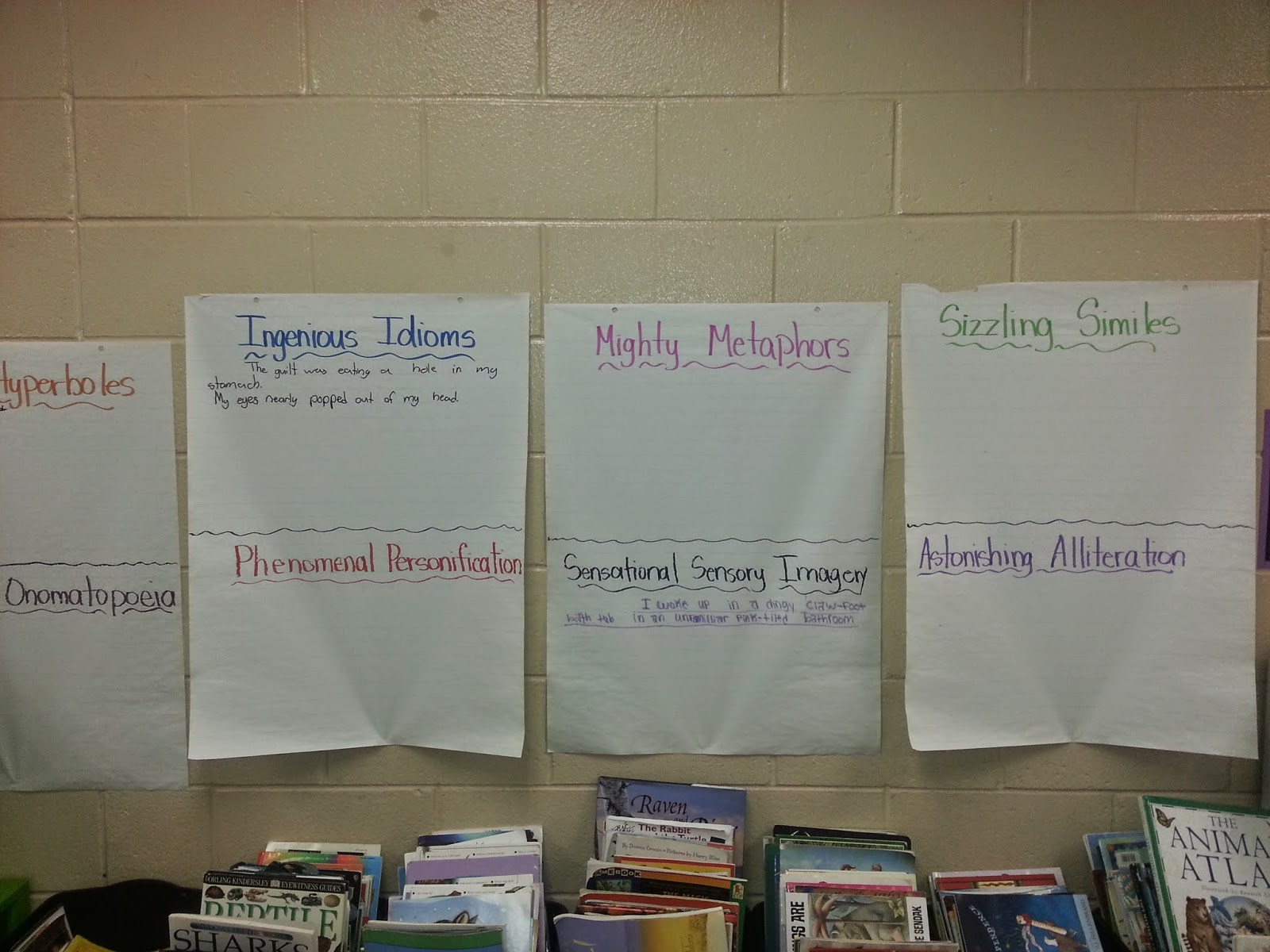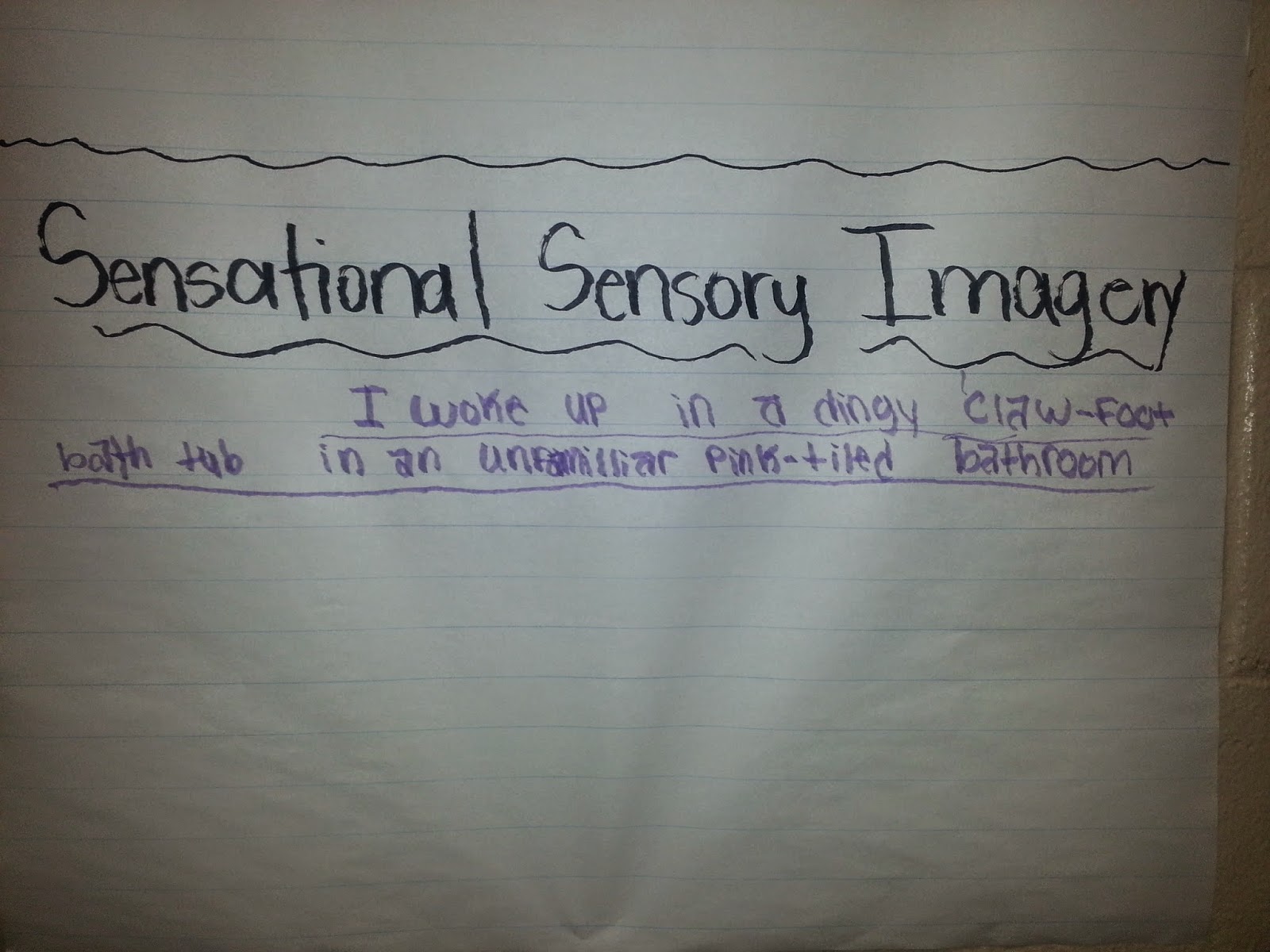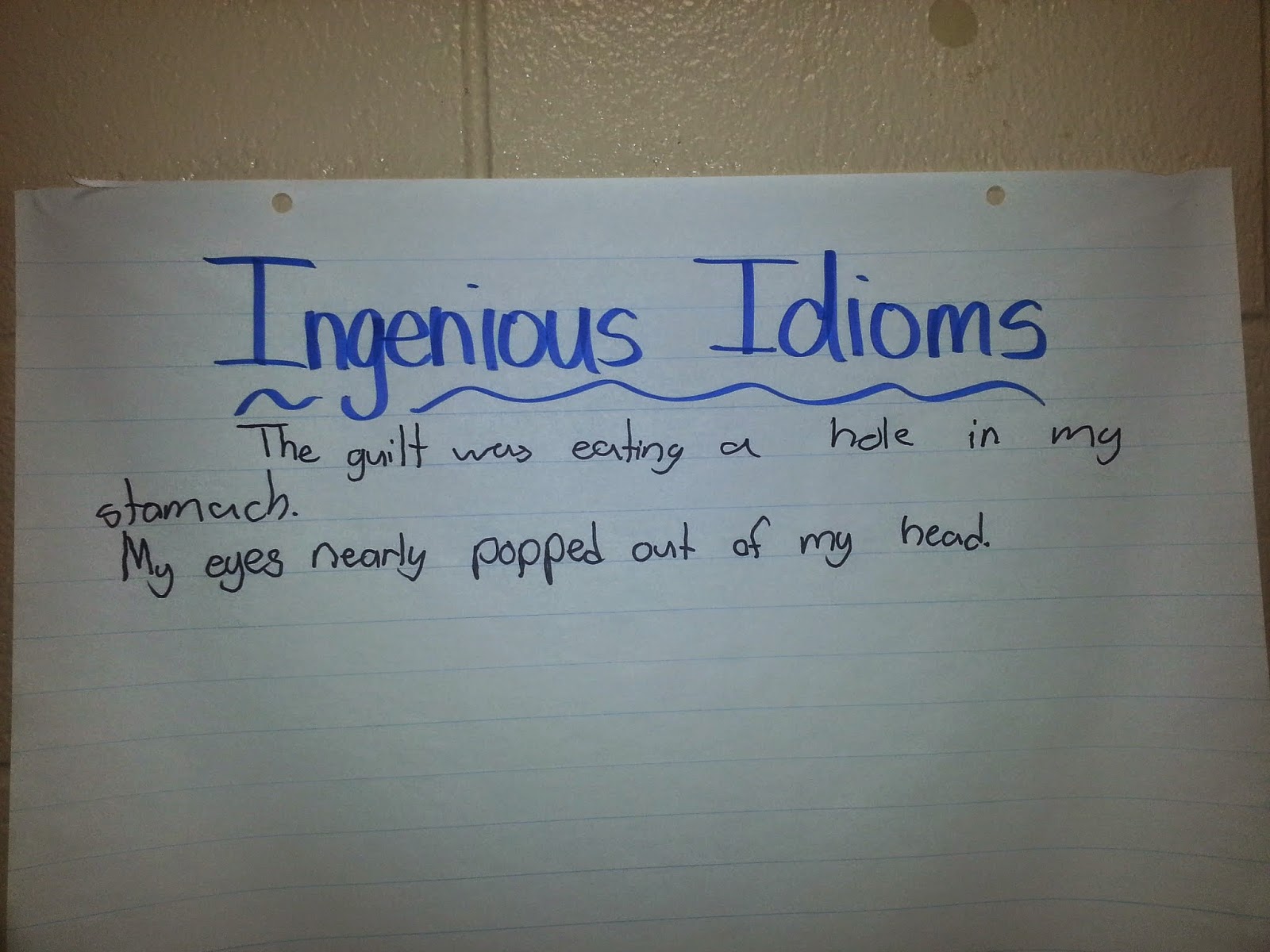Hello everyone! I am so excited to be back again blogging for The Primary Chalkboard! I feel like things are FINALLY becoming manageable again after the Back-to-School season…well, manageable at school. Definitely NOT manageable at home! With a football coaching hubby and 3 kiddos who are involved in after school activities 6 days a week, let's just say I am in dire need of a housekeeping and chef :)
But I digress. Today I wanted to talk about anchor charts. Anchor charts have been around a LONG time, before they had that cute name. I think the beauty of anchor charts is that they help kids remember things after the lesson. They are a constant reminder of past lessons and skills you want students to be able to use successfully and consistently. The problem, though, is that kids have to learn HOW to use these wonderful instructional tools. Simply placing them on the walls doesn't mean a transfer to your kiddos.
Bare Walls Do Not Equal Unprepared
I always start off my school year with pretty bare walls. Yes, it does pain me when I walk by and see beautifully decorated rooms all around me. And I do feel totally unprepared. BUT, I do know that eventually my walls will be full and just as beautiful. It will just take some time. When I first began teaching, I would put so many charts on the wall that I wanted my kids to refer to, but the problem was that they weren't using the charts. I finally realized that in order to get my kids to USE the charts, we needed to create them TOGETHER. Otherwise the kids really don't have any idea what is on those charts, and what they are supposed to do with the information. And I realized that I could put EXACTLY what my kids needed on those charts. Bonus!
This year I am teaching 6th grade advanced ELA. So, it's really weird to only be focusing on ELA (even though I am pulling in science and social studies topics), but I have also found I am able to put so much more ELA info on my walls, I love it! We have been in school for about 6 weeks now, and my walls are slowly getting decorated. I decided that with my 6th graders, I want THEM to create the anchor charts….which is going very slowly! But I think it will be worth it in the end because they will have a sense of ownership.
Figurative Language Anchor Charts
Our focus the first few weeks of school was figurative language. We spent about 3 weeks learning about the different types of figurative language and practiced revising our writing to include figurative language. I also had my students make this
FREEBIE flapbook to put in their writing notebooks so they had a good reminder of each type of figurative language we studied. I also felt like my kiddos needed some visuals on the walls to serve as reminders to include figurative language in their own writing. I always tell my kiddos that one of the few times it's OK to steal is in writing. Not plagiarize, but the best way to improve as a writer is to read and model your own writing after those authors whom you admire and love. So instead of having creating a chart for each type of figurative language and writing examples of that type on it, I decided to leave the anchor charts bare except for the figurative language type.

I told my students that whenever they read a text and came across an AMAZING example of figurative language, they needed to write that example on the corresponding chart. This way they have a grab-bag of model sentences they can use in their own writing. They can snag an idea from these charts and tweak them for their own writing. I tell my students all the time that they need to take risks in writing, but usually it's not that they don't want to take a risk. It's just that they don't know HOW. I am hoping these charts will encourage my students to take a risk with using figurative language in their own writing. I will admit, the anchor charts are pretty bare still, but I am hoping that my kiddos will add to them as time passes.


I am also planning on adding an anchor chart for Grabber Leads, too, so that when students read an AMAZING grabber lead, they can write it on the chart. They can then write a similar grabber lead using the examples on the chart, if they need to borrow one. So many anchor charts, so little time!
Thanks for stopping by and reading my post. I would love to hear how you involve students in creating your classroom anchor charts! Until next time, happy teaching!
Heather



































